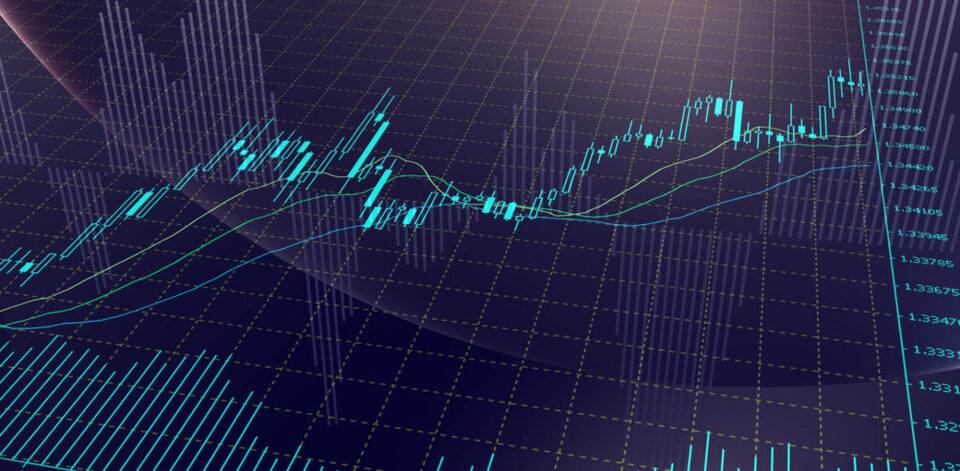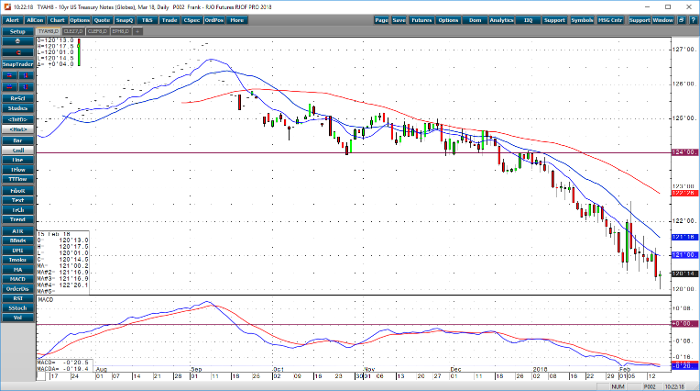
The primary function of futures markets is to manage risk or uncertainties in a market by locking in prices or hedging the risk of future purchases or sales. So therefore, the futures markets also function as an “alarm” to wake us up to the possibility of a change in the supply and demand fundamentals in the market.
Since the middle of December, the Treasury futures market has been sounding the alarm. Inflation is coming! We have been stuck for far too long in a historically low interest rate environment to stimulate our economy. The US has not been alone in this bad strategy. Central banks all over the globe have been de-valuing their currencies trying to kick start their respective economies. There has been too much easy money out there for too long and we are going to pay for it with higher prices in the long run. Interest rates will necessarily move higher if the Fed doesn’t want inflation to get over heated.
The Fed is probably going to risk inflation overheating rather than raising rates too fast and crushing the recovery before it really has some legs to keep running. Higher prices for commodities will be a result of inflation overheating. Commodities will be a vehicle to hedge against inflationary pressure.
The Treasury futures are letting the rest of us know that there has been a shift and the US will lead in a move back towards a more normal monetary policy. It must happen, and if the Fed won’t do it, the Treasury market will do it. That’s how futures markets function.
10-Yr T-Note Mar ’18 Daily Chart



